Where’s the White Space?
Editor Christy Distler continues our examination of Fatal Flaw: # 6 Show, Don’t Tell. Writers often succumb to this fatal flaw of fiction writing, explaining and telling and summarizing instead of showing action as it’s happening. (If you’ve missed the first posts, be sure to read them here and here.)
“Show, don’t tell” is one of the most common instructions given to fiction writers. In other words, don’t write a flat explanation of what’s happening; instead, get into the POV character’s head and describe what he or she is seeing, hearing, thinking, smelling, tasting, etc.
Explanations tend to bore the reader, especially if they’re long and drawn out, and they make a story feel shallow and unbalanced. Sure, readers get what’s going on in the book, but they don’t experience it.
It’s a Balancing Act
Which brings me back to “balance.” A great story has a balance of two components: dialog and narrative. (Some editors add a third component, action, but I’m going to stick with dialog and narrative for this post because I think dialog and narrative can individually provide “action.”) Both of these elements play their own part in forging a reader’s emotional connection with the characters and their story, and when one of them is missing, or when one seriously overshadows the other, the story often loses impact.
As a beginning writer, I loved my eleventh-grade English teacher. She gave excellent advice for improving writing, and she presented it with such clarity that I never doubted her. I need white space! she once scrawled across the top of a short story I wrote. I had no idea what white space was, so I asked her about it after class. “Look at your first page,” she said. “How much white do you see? Very little, right? That’s because you have five long paragraphs of black text. Try rewriting it, and I’ll give you a hint—wherever you can, replace narrative with dialog.”
So I did, and lo and behold, two things happened: the white space appeared, and, more importantly, the story improved exponentially.
Let’s take a look at a Before and After example of this.
BEFORE:
Mrs. Gray stood from her desk chair so she could take Mother, Daddy, and me on a tour of Covington Hall’s grounds. After she told me I’d be more comfortable after I was familiar with the school, we followed her out of the office into the waiting room, then down the hallway to the front doors. She opened the door, then took us outside and down the steps to the brick-cobbled walkway that wound through the campus’s historic brick buildings and tall trees. There she informed us of the school’s age and shared that many former students had gone on to accomplish great things. She said that she knew I would do the same.
She guided us toward the nearest building, which resembled a church with its white steeple and tall windows. Stopping at the pathway that led to it, she told us how it once had been Covington Hall’s chapel but had been converted to a library ten years ago when the school built a new chapel. Daddy asked how often students attended chapel, and she answered that we were expected to attend on Sunday mornings as well as on Wednesday afternoons following lunch. Mother pointed out I’d still have a place for quiet time.
From there, we headed to the next building. Mrs. Gray explained that the large structure, which looked much newer than other buildings, contained the gymnasium, a pool, and locker rooms. I told her that I wasn’t good at sports and asked if gym class was mandatory. She confirmed that gym class was required for all students and questioned if there were any sports that interested me. Completely serious, I told her that I’d be more than happy to participate in the Reading Olympics and would bring home a gold medal for Covington.
AFTER:
Mrs. Gray stood from her desk chair. “Well, I’m sure you’d like to see Covington Hall’s grounds, so why don’t we take a tour? Students often feel more comfortable when they realize how easy the campus is to navigate.”
Easy? I didn’t need that. What I needed was familiar, and new schools only fell into that category . . . well, never. But seeing how I was now the only one sitting, I got to my feet.
She ushered us through the waiting room to the hallway, then walked us to the front doors and down the outside steps to the brick-cobbled walkway. “Covington Hall is celebrating its one-hundred-and-fiftieth year of educating exceptional students, and we’re very proud of the accomplishments of our graduates.” She smiled at me. “I have no doubt you’ll go on to greatly impact the world as they have.”
I pretended to be engrossed in the building’s façade. “I hope so.”
“This way.” She led us toward what resembled a church with its white steeple and tall windows. Stopping where its pathway intersected the walkway, she turned back to us. “This was our chapel until ten years ago, when we built a new chapel. This is now the library.”
Yea. “My favorite building then.”
Daddy placed his hand on my back. “How often do students attend chapel?”
“Twice a week, on Sunday mornings and Wednesdays after lunch. Its doors are open most of the time, though, and some students and faculty enjoy going in at other times as well.”
Mother nodded at me. “See, Cassandra. You’ll have a place when you want quiet time.”
“Indeed.” Mrs. Gray started toward the next building, a large, more modern-looking structure with darkened windows and a flat roof. “This is our sports building. It includes a gymnasium, indoor pool, and locker rooms.”
So next to my favorite building would be my most dreaded building. “I’m not good at sports—at all,” I said as we neared it. “Is gym class mandatory?”
She faced me, her brow pinched. “I never liked sports much either. But, yes, gym class is required for all students. Are there any sports that interest you?”
Well . . . maybe. “Do the Reading Olympics count? You let me do that in place of gym, and I guarantee I’ll bring home a gold medal.”
Granted, the Before excerpt probably seems extreme, but I’ve seen novels with similar use of narrative. So bear with me and consider the differences in the two excerpts. Even though both convey the same story bones, the After has so many improvements:
- It’s much more interesting to read. After reading the Before example, I found it difficult to recount what had happened (and I wrote it!) because it was so dull. But with the After example, I knew exactly what was happening. The Before was “telling,” using all narrative, while the After was “showing,” using a balance of narrative and dialog.
- In addition to clearly expressing the physical action in the scene, the After conveys essential emotive facets of the story: what’s going on in Cassandra’s head, insight into her sense of humor and who she is as a person, and insight into her parents’ and Mrs. Gray’s demeanors. In this case, the dialog is what truly breathes life into the scene.
- Aesthetically, the After example is considerably more appealing—and this does matter. Take a look at both excerpts again. The Before example comprises large blocks of text, while the After has shorter paragraphs, which provide considerably more white space. Readers like white space. It helps them keep track of where they are when reading (and is less taxing on the eyes), it helps them process what’s going on in the scene, and it makes the page more visually interesting and less daunting.
There’s no doubt that narrative is necessary (and at times large blocks of exposition are appropriate). But balancing dialog with narrative provides a much more satisfying reader experience, both internally, by “showing” the vital elements of the scene, and externally, by providing a pleasant aesthetic.
Your turn:
Take a look at your writing. How’s your white space? If you’re seeing a lot more narrative than dialog, you may be “telling” more than “showing.” Want to share an example of a paragraph of narrative that could be reworked better with dialog? Find anything in a best seller?


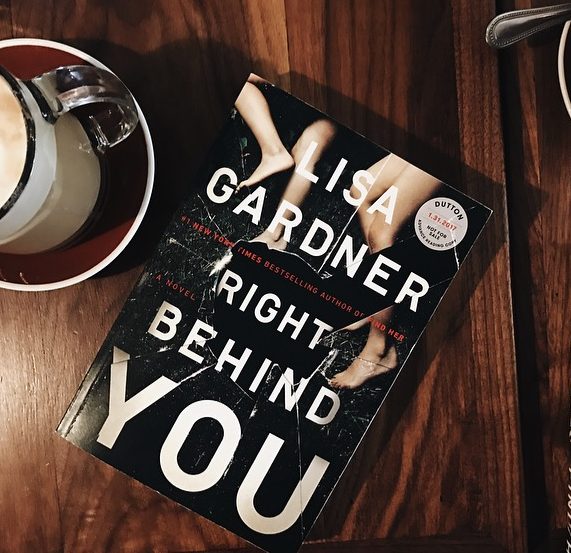
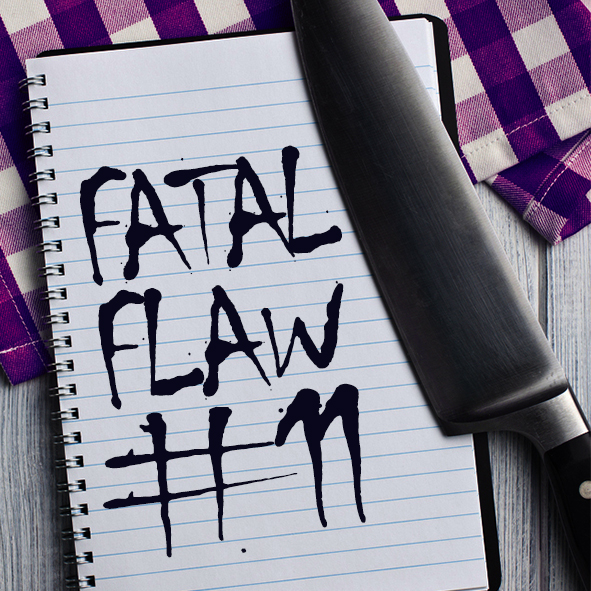
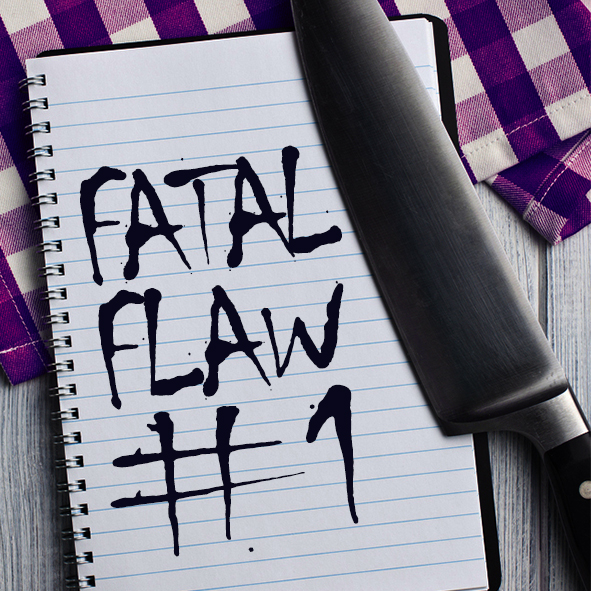
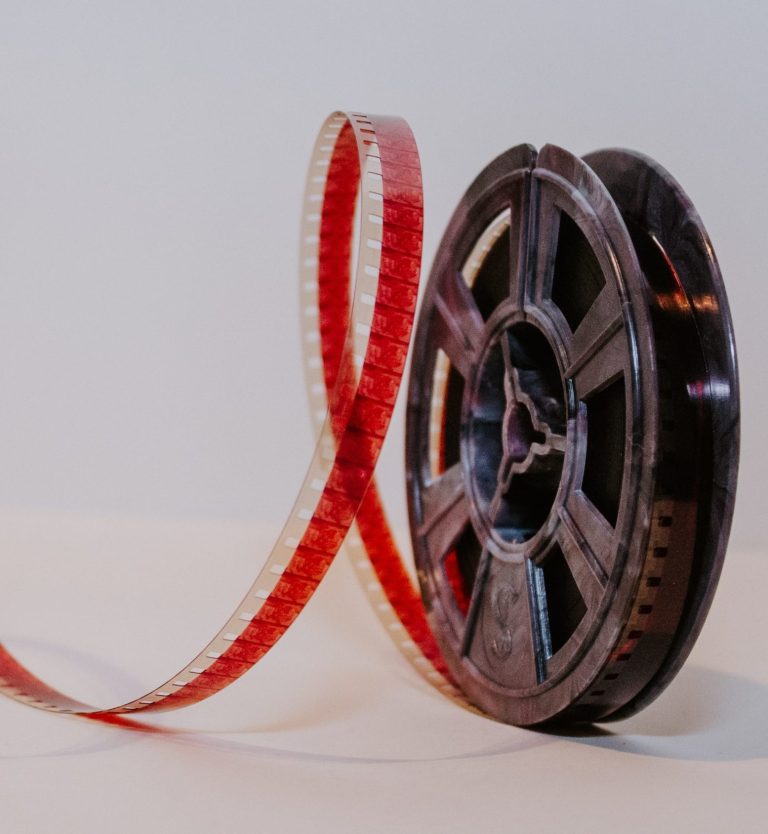
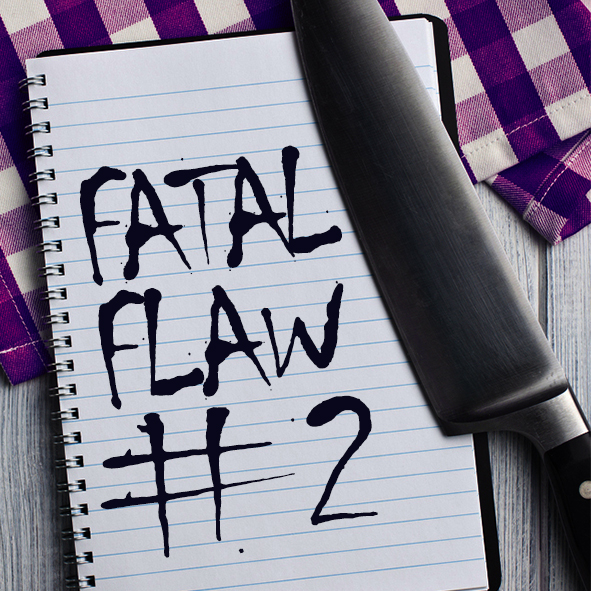




I’ll bite…Max is a major character, but not the protagonist, and it’s the opening of the first scene from his POV.
Max Jennett knows the world is unfair. He likens this unfairness to a stone, hard and unyielding, and he wants to forget the stone. He wants life to consume him, the way that life, oft times—and if we are lucky—devours pasts we would rather forget. And, for awhile, it did…eventually, inexorably, moss grew over his stone, until it became a mere memory of itself, until last night, in the dark hours, a phone call, the caller, unidentified, and a passage from the Bible, obscenely contorted.
And so it begins again…with one phone call, the moss disintegrates, but not the stone. Never the stone. He wonders if it’s the nature of things that we see the stone only when it’s thrown in our direction.
Moving to San Francisco and changing his name bought him only a few years of respite. He draws a breath into his lungs. It bursts forth and fogs up the windows of the delivery van, one of a fleet of vans he and his husband Jim own as part of Twigs, their floral and interior design business.
He’s parked in his own driveway, dreading the past that will be his present yet again, thinking of the lines he’d bungled in today’s rehearsal: ‘Let me embrace thee, sour adversity, for wise men say it is the wisest course.’ He knows why he lost his focus. Because today he has his own stone to throw…at his twin sister, Happy.
So much for blood ties. Even less for loyalty.
(More than one para!)
Sheryl, Cheers to you for being brave enough to share. This is a lovely piece of writing and makes me want to read more. There might not be dialogue, but I think thought works well here. This probably doesn’t help you write better, but I wanted to say I liked the sample.
Purr! Thanks.
Funny how the second novel is better than the first, and so on. I think my voice is deepening. I want the next to be even better. Just wish I’d started writing fiction at an earlier age.
Fortunately, the journey toward excellent writing, although it has no final destination, is so damned magical, right?
Thanks for sharing, Sheryl. Your excerpt is certainly interesting and would have me reading on as well.
Going by your excerpt, it seems like Max is alone, so dialogue wouldn’t be a feasible option. Have you considered making the scene from the night before Max’s first POV scene? It sounds like what happened is important, so instead of having him describe it the next morning, have him live it as it plays out.
Thoughts?
I’m actually thinking about making the night before a real scene, but only if I have a sub-plot with Max as the protag of the sub-plot. Well, maybe…I’ll think about it…just don’t want Act I to go on forever!
I tried to be a pantser for this novel, but I don’t think I can do it…I need an outline, even though I know the first five chapters and a few biggies near the end, plus the actual ending.
It’s really about Happy, a grandmother who joins a growing conspiracy of women who kill pedophiles, but ends up fighting the “injustice” system to save her granddaughter. The title, A MILLION CLOSED EYES, represents the major theme, although there are subsidiary themes.
Sounds like a plan—and what an interesting plotline!
I think I have the opposite problem. I tend to have TONS of dialogue that I’m trying to balance with description and narrative. I’m just bad at it. I was known in college for my dialogue, though. :-/
That’s actually not an uncommon problem, Becky.
My first drafts tend to be heavy on dialogue. I’ve found writing goes more efficiently if I let the dialogue flow (in most cases, that’s what’s driving the scene) and then come back later and add description/narrative where it’s needed.
Do you go back and add description/narrative later?
I love the visual of ‘white.’ An agent once commented that many of them use the ‘white’ technique in determining whether to invest time in reading a submission. One glance at the first page, using your litmus test, decides if the actual words will ever be read.
Great post; great lesson.
Dennis
Thanks, Dennis!